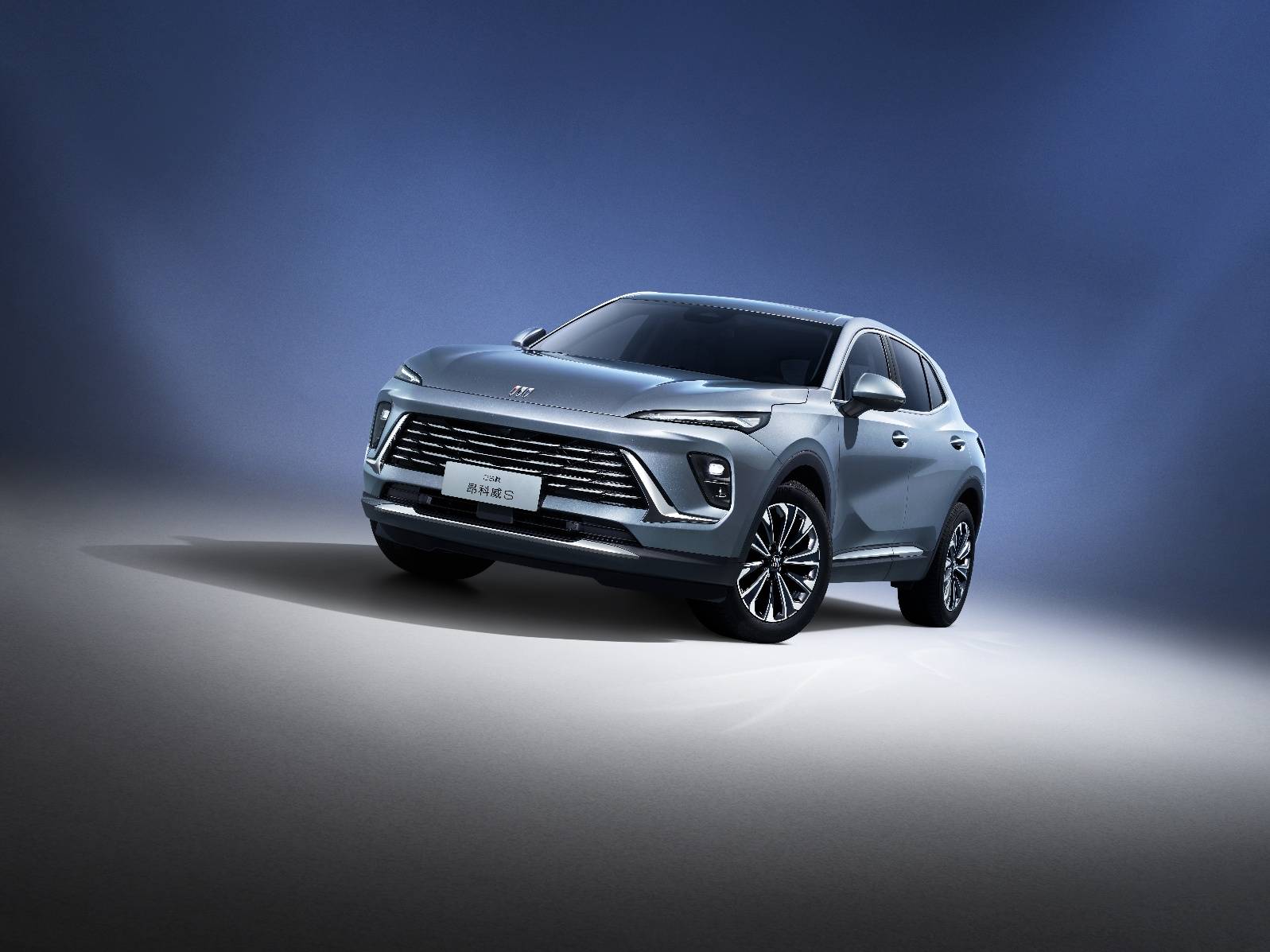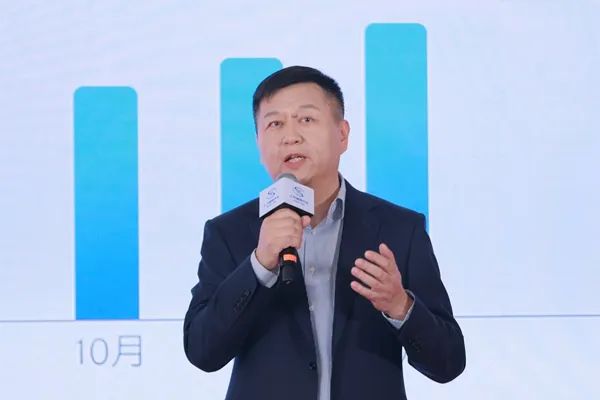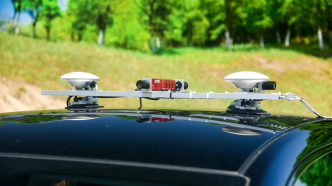
Volume price, volume configuration, volume flow rate, volume boss... the domestic auto market in 2024 can be described as "volume to fly".
Many big names in the car industry have also recently launched heated discussions around the topic of "volumes".
Where should this market go?
On June 25, SAIC General Motors presented its innovative breakthrough in the field of vehicle testing and certification to the outside world for the first time - the "RoboTest unmanned vehicle intelligent test platform", demonstrating to the outside world its "research and development, technology and safety" attitude.
It is reported that this test system is the only robot test system independently developed by a car company among domestic and foreign OEMs and that the system is applied to the vehicle test and certification process.
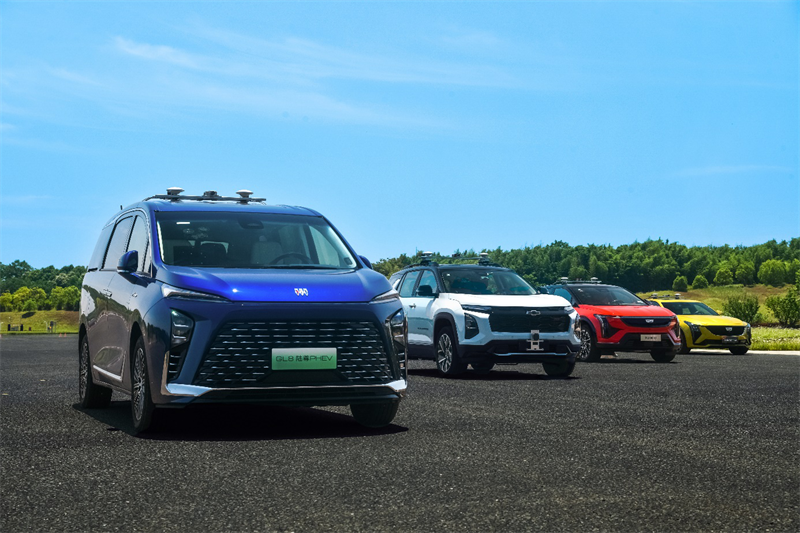
It began to be used in SAIC-GM's vehicle testing and certification process in 2020, and has now entered a mature systematic application stage. The entire system consists of two core parts, the vehicle terminal and the cloud. The vehicle-side controller integrates the driving robot system, positioning sensing equipment and control modules, which can be quickly disassembled and assembled without destroying the original structure of the vehicle. The cloud control center is responsible for test specifications, remote configuration of test paths, real-time monitoring and management, ensuring the efficiency and accuracy of the test.
Because the RoboTest platform uses a robot system, it has the characteristics of high precision and strong durability compared with traditional human driving, which can significantly improve the test quality and verification efficiency, providing the best development guarantee for the performance consistency of the vehicle model.
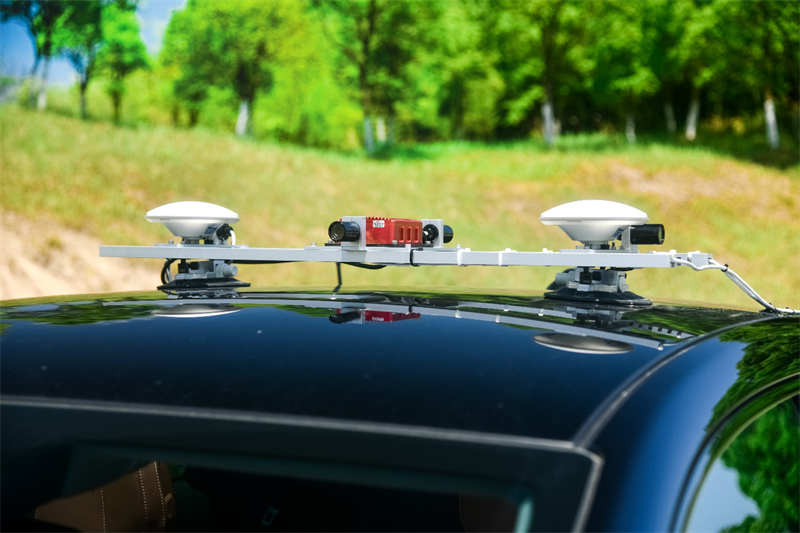
According to reports, the RoboTest platform is comprehensively ahead of similar foreign test robots in terms of technical level. Its highly versatile design enables it to adapt to the testing needs of SAIC General Motors’ full range of models and most models of rival manufacturers, ranging from tens of thousands to millions, ranging from mechanical It can be adapted to electronic shifting.
In terms of safety, the braking function of RoboTest is a set of braking robots equipped with pneumatic cylinders to prevent communication disconnection during testing. Once necessary, it can immediately intervene and implement emergency braking through mechanical means to ensure the safety of the test.
Currently, the RoboTest platform has been widely used in multiple benches and road test sites at the Pan-Asia Automotive Technology Center.
At this press conference, two engineers from SAIC-GM also conducted popular science on vehicle testing. An engineer surnamed Gao said: "SAIC-GM adopts globally unified standards. The test cycle for each vehicle is two years, and the (total) test mileage will exceed 6 million kilometers. Our engineers have to drive it day and night. The market is very fierce now. Many car companies can launch a new product in two or three years. We at SAIC GM really want to do it so quickly, but this standard is stuck here. If we don’t complete these tests on one of our cars, we will definitely not be able to do so. Listed".
It is understood that every car must undergo rigorous testing and inspection before leaving the factory, including simulating various driving conditions of the car under specific working conditions, such as extreme heat, extreme cold, high altitude, high humidity and other environments. Conditions, as well as road conditions such as slopes, bumpy roads, highways, urban roads, etc., conduct durability tests on the car's engine, rubber parts, electronic components and various pipelines to evaluate the performance of the car under different working conditions. Performance. Internationally, it is required that the total road test mileage of test vehicles at different stages should reach several million kilometers.
Judging from the reality of domestic involution, in the era of fuel vehicles, the product cycle of seven to eight years of replacement and three years of major facelifts has now been compressed by half. In the past, some car companies took two years for verification alone. Now, new cars may be launched in two years. If these products are rushed to market without sufficient testing and certification, this rush to the deadline will greatly increase the later development time. and the risk of reduced test quality, resulting in safety issues such as vehicle system crashes, intelligent driving system recognition errors, and in serious cases, brake failure, axle breakage, etc., directly damaging the interests of consumers and ultimately impacting brand image and corporate reputation. .
